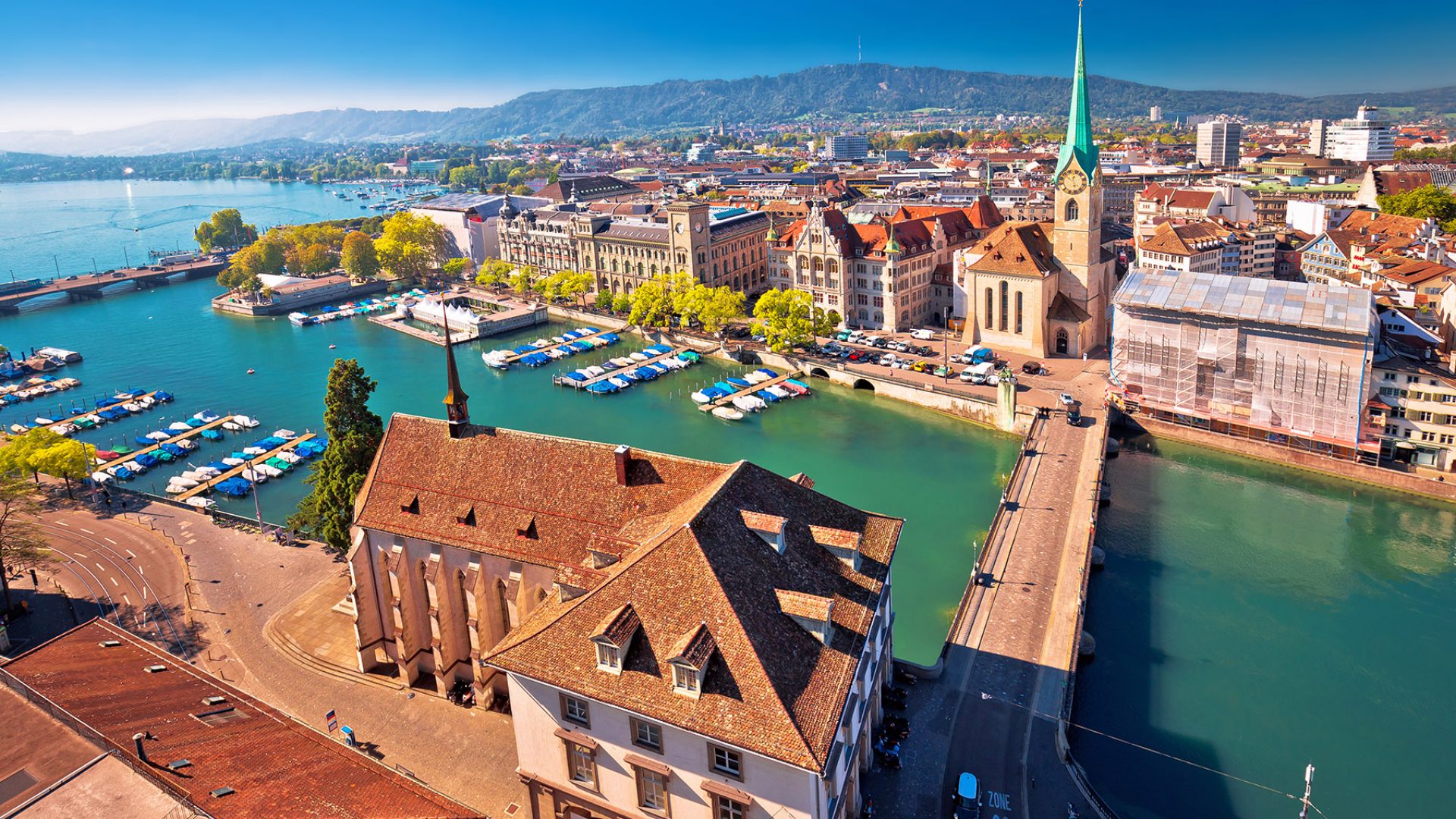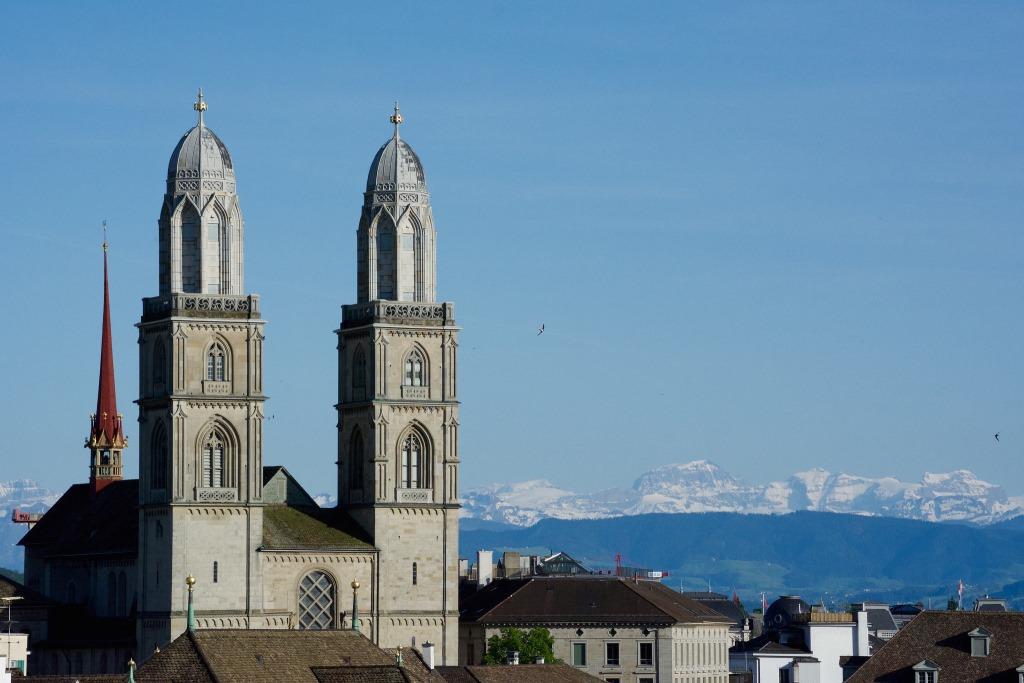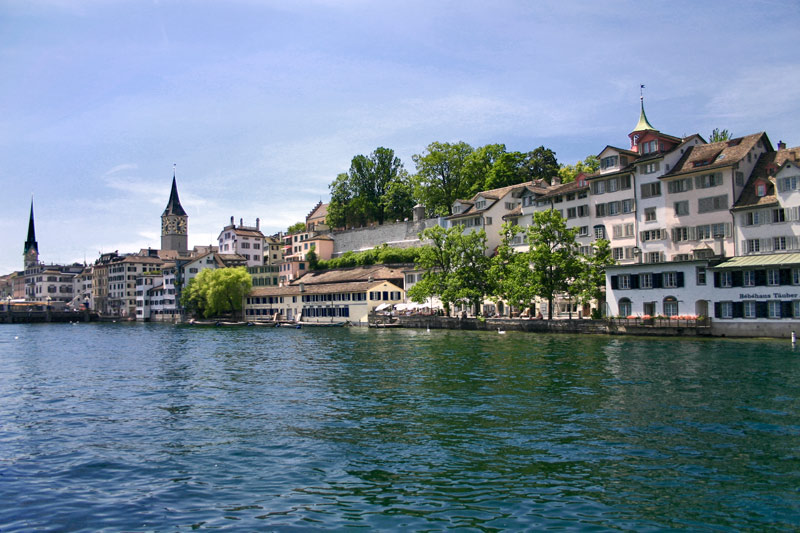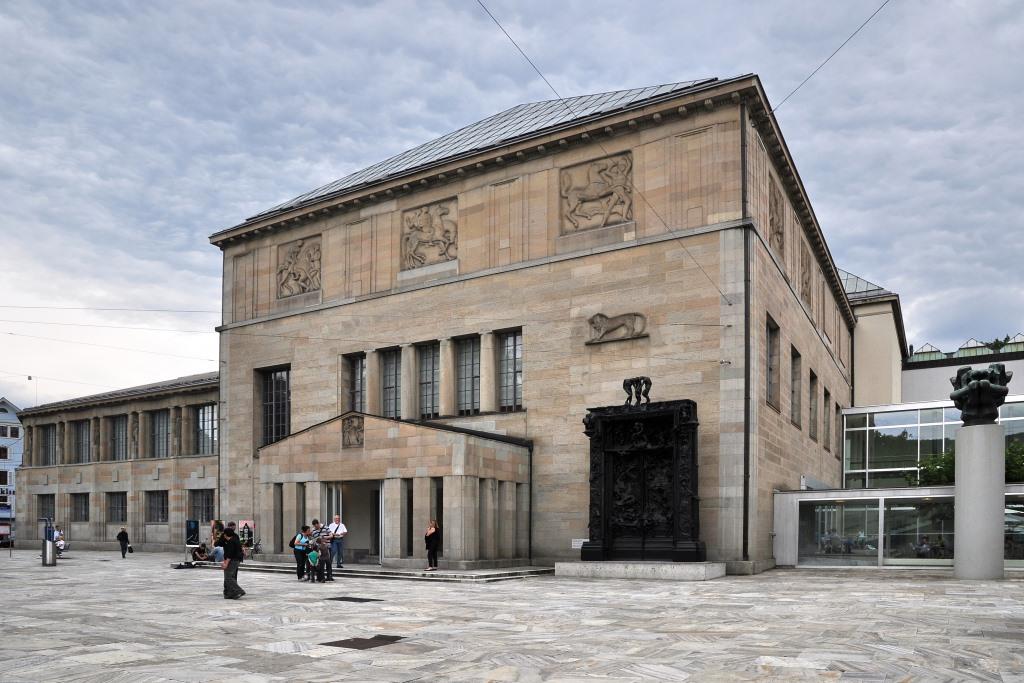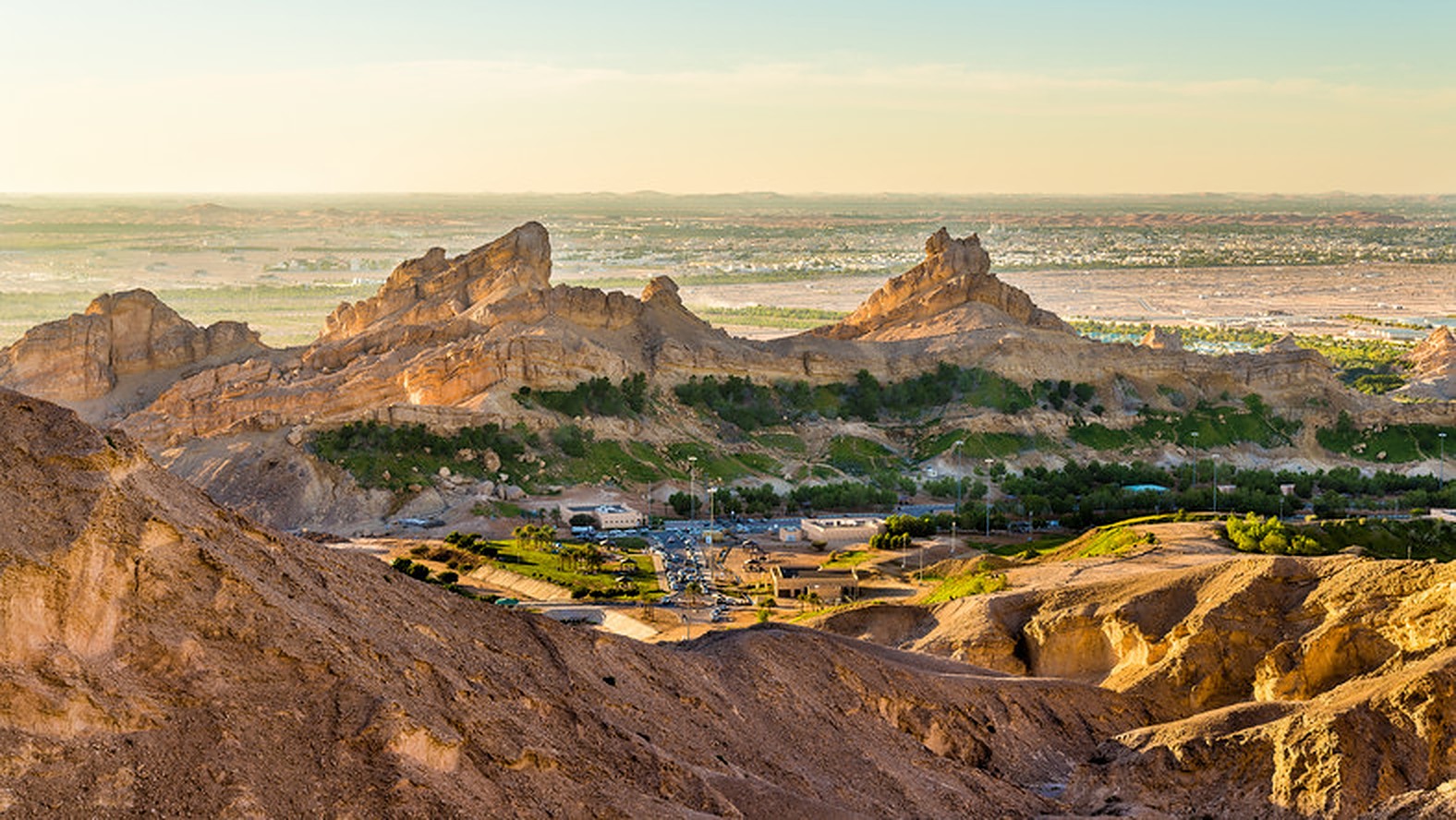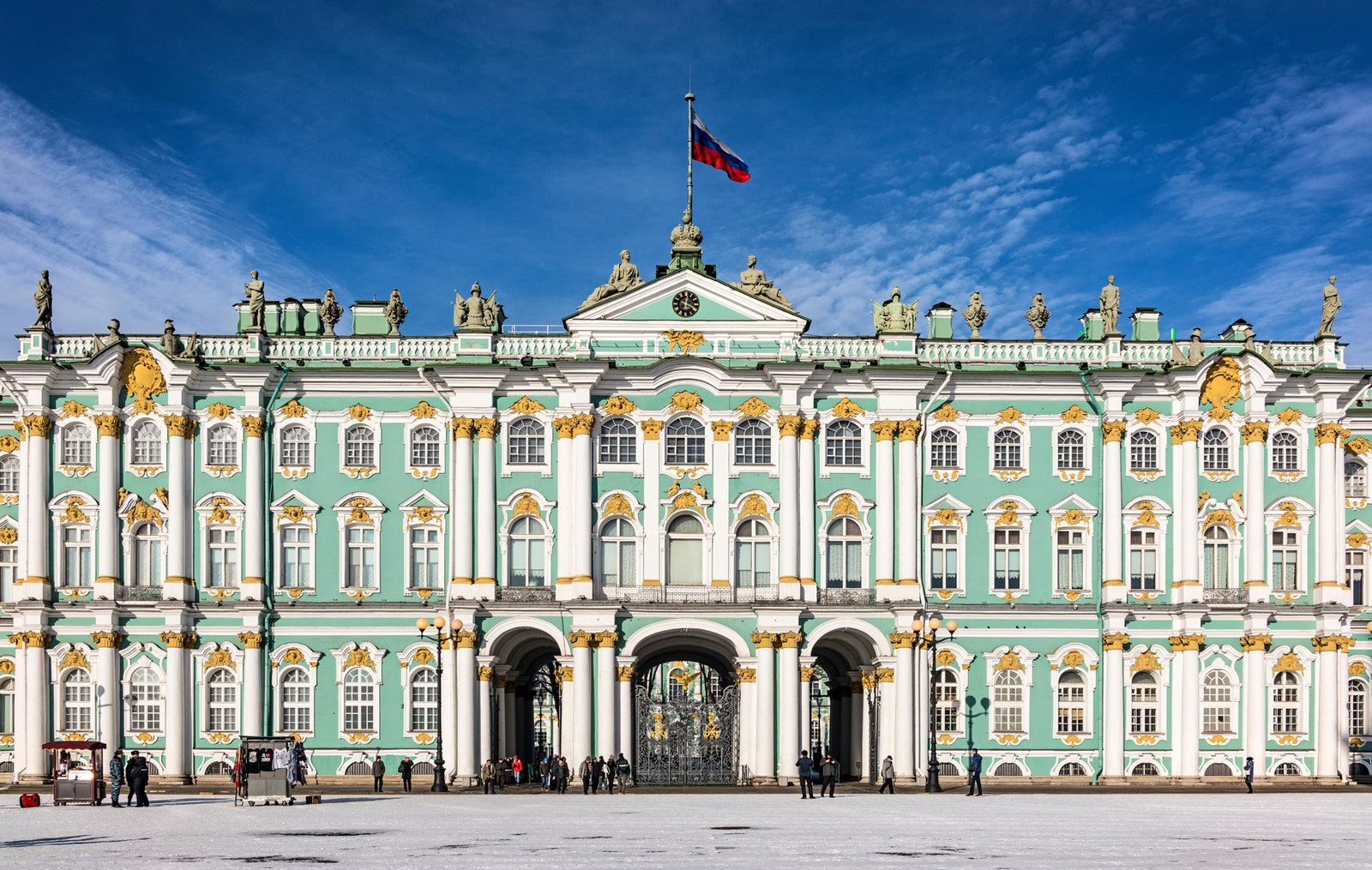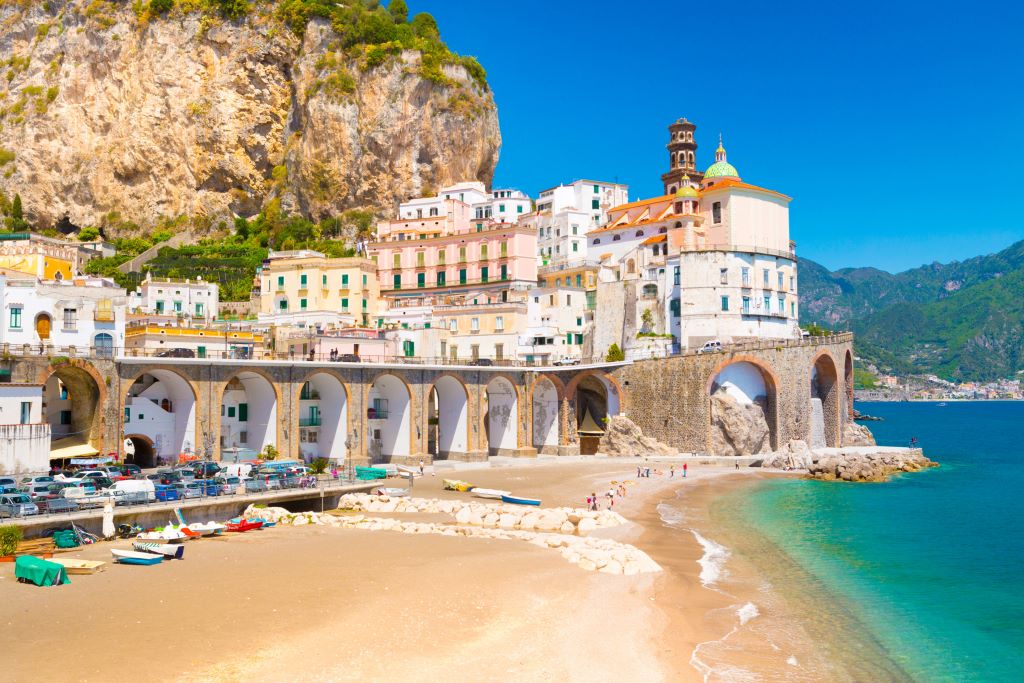Zurich – the third world currency market after New York and London – although not the capital of Switzerland, has become a real symbol of this country. For several years in a row, Zurich has been ranked first in the list of European cities with a high standard of living. Clean streets, regularity and “German” order in everything – this is how this largest city in Switzerland can be characterized.
The historic center of Zurich Niederdorf is located on the right bank of the Limmat river. This is a medieval city that arose on the site of the border post of the Roman Empire and is almost completely preserved to this day. Narrow alleys, paved on the site of Roman roads, small houses in the Gothic style – everything breathes with antiquity. In the evenings, this picturesque scene is complemented by street musicians.
Every building in central Zurich has a blue plaque telling about the history of the house, its owners and residents – a good source of information, provided you know German.
In addition to architectural monuments and expensive shops, Zurich has a huge number of museums: the Coffee Museum, the Museum of Ancient Toys (private collection), the Porcelain Museum and the Art Museum, which reflects the history of the development of European art over two millennia.
Next to the Central Station is the National Historical Museum – Schweizerisches Landesmuseum. The huge building in the form of a medieval castle is worth a visit if you are seriously interested in the history of Switzerland – otherwise you can do without it.
Places to Visit in Zurich
Lake Zurich
Lake Zurich is 40 kilometers long. In its southern part there are two islands – Ufenau and Lützelau. The lake is also a source of the purest drinking water. In the east, the Lint River flows into it. And at the western end of the lake, the Limmat River already flows from it, and here the city of Zurich was founded.
The embankment of Lake Zurich (Seepromenade) is one of the most picturesque places in the city. It can be roughly divided into two parts: to the east and west of the Bürkliplatz square, from where you can get by boat to any coastal town on the lake.
The eastern part of the embankment is, in fact, a spacious (by Swiss standards) park. In summer, this place turns into a real center of activity: swimmers, sunbathers, skaters, runners, mothers with children, jewelry sellers, street artists – all come here on warm days.
The western part of the promenade is a long promenade with many wooden benches and cafes. It leads to the Chinese Garden – small but very beautiful.
Bahnhofstrasse
In Europe, you can find about a hundred streets with the name Bahnhofstrasse (Bahnhofstrasse means “station street”), but only the one in Zurich became famous all over the world. It connects the city’s main train station with Lake Zurich. She is known primarily for shopping. Stores of popular clothing brands, exclusive boutiques, jewelry stores, department stores – all of them are located on Bahnhofstrasse, which is a little less than one and a half kilometers long.
Closer to the Bahnhofstrasse lake crosses the famous Paradeplatz square. Here are the two largest Swiss banks – UBS and Credit Suisse, as well as one of the most famous hotels in Zurich – Savoy Baur en Ville.
Grossmünster
The double-headed Grossmünster Cathedral is a Protestant shrine with a magnificent view from the main tower. This cathedral was erected in the XI-XIII centuries on the site of an ancient church built by Charlemagne. In the past it was a men’s monastery, but now it is a symbol of Zurich.
In the cathedral and on the tower there are copies of the statues of Charlemagne, because the originals mysteriously disappeared without a trace. Inside the temple is decorated with beautiful stained-glass windows.
Fraumünster Church
Not far from the Grossmünster Cathedral there is the old Romanesque church of the Fraumünster convent. The monastery was founded in 853 by King Louis II of Germany. Today it is a functioning Reformed church in the very center of the old city.
The church houses the largest organ in the entire canton of Zurich (5,793 pipes). But Fraumünster gained special fame thanks to the colored stained glass windows made by Augusto Giacometti in 1945 (north transept) and Marc Chagall in 1970 (five stained glass windows in the choir: the window of the Prophet, the window of the Law, the window of Jacob, the window of Zion and the window of Christ) and in 1978 (round rosette window in the south transept). This is the most impressive part of the cathedral. If the sun is outside, the stained-glass windows seem to glow from the inside.
Zurich Town hall
Zurich Town Hall was built at the very end of the 17th century. It “grows” out of the water, because its foundation is piles driven into the Limmat River. For 100 years, until 1798, this building was the seat of the government of the Republic of Zurich. Then it became part of the canton of Zurich. Until now, officials sit here, deciding the issues of this canton.
The facade is decorated with a beautiful arcade. The interior of the Town Hall is very well preserved. Of particular note are the decorated ceilings and the ceramic stove in the meeting room.
Lindenhof square
Lindenhof means “linden yard” in German . This cozy square in the old town is located on a hill on the left bank of the Limmat River. It attracts citizens and visitors alike because it offers a magnificent view of Zurich. The Old Town, the Grossmünster Cathedral, the City Hall, the University and the Zurich Technical School – you can see everything at a glance.
Being in this quiet area, it is difficult to imagine that a long time ago – in the 4th century A.D. – a Roman fortress was located here, which protected local residents from the raids of the Alemanni. Later, in the 9th century, the royal palace of the Carolingians was built here. In addition, in 1798, the constitution of the Helvetic Republic was adopted at this very place.
Good Read – Switzerland Places to Visit
Kunsthaus Museum
The Kunsthaus (Kunsthaus means “house of art”) is one of the most famous art museums in Switzerland. It was built and opened in 1910. His collection features works by many renowned artists, including Edvard Munch, Van Gogh, Picasso and the Impressionists. Here you can see paintings by Claude Monet and Marc Chagall.
In addition, the museum contains the most significant collection of contemporary art in Zurich (Mark Rothko, Mario Merz, Cy Twombly, Georg Baselitz, etc.).
Special attention is paid to Swiss art in the Kunsthaus – here you can see the works of such artists as Johann Heinrich Füsli, Ferdinand Hodler and Peter Fischli. In addition to the permanent collection, the museum often organizes various exhibitions.




